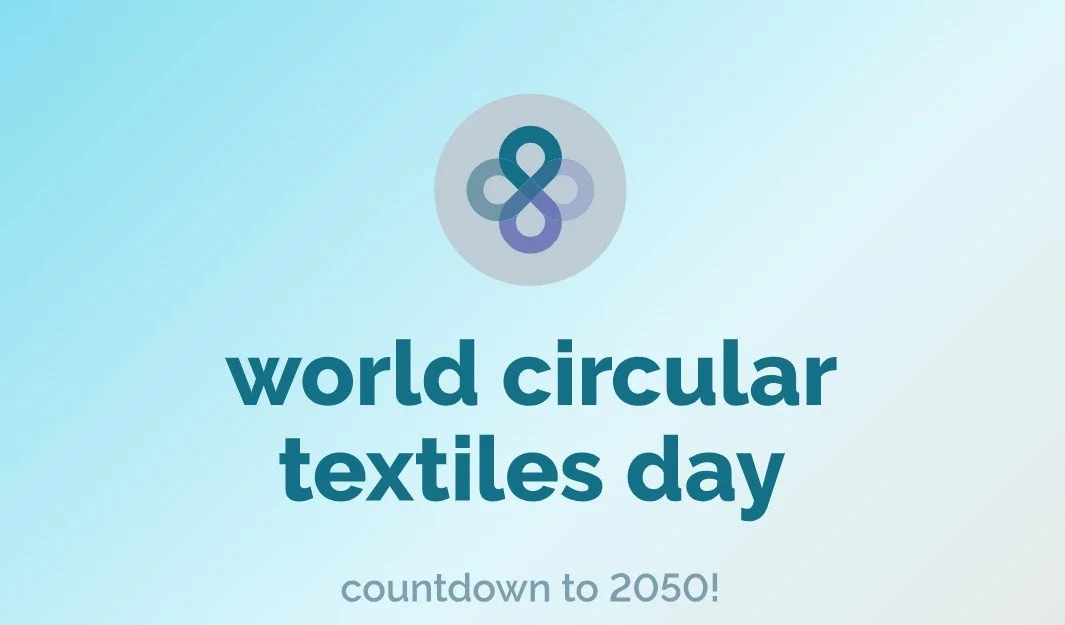World Circular Textiles Day 2025
Photo: worldcirculartextilesday.com
The 8th of October, marks World Circular Textiles Day (WCTD), a global moment dedicated to reporting, reflecting, and celebrating the progress being made towards a fully circular textile ecosystem. For those of us dedicated to finding sustainable solutions, this day acts as both a benchmark of success and a critical check on our collective ambition.
The cornerstone of this annual event is the Full Circularity 2050 Vision: a bold, three decade roadmap aiming to achieve 100% textile circularity by the year 2050. This is not just about boosting recycling rates; it envisions a future where shared textile resources are kept in continual circulation, negating the need for virgin resources. Critically, the vision insists that this systemic transformation must be underpinned by dignity, equity, and equality for all people involved across the value chain - from field to garment and beyond.
This journey is broken down into three distinct phases. We are currently approaching the end of Phase 1: The Innovation and R&D Years (2010–2025). This initial period was earmarked for radical research, identifying technical hurdles, and developing the foundational business models for circularity. The next phase, Infrastructure and Rollout (2025–2040), demands that these innovative concepts move out of the lab and into scaled, viable industrial operations.
Yet, as we stand on the cusp of this critical transition, an honest assessment is necessary. While breakthroughs in textile-to-textile recycling and chemical recovery are encouraging, are we truly ready to move past the R&D stage and into widescale, global infrastructure investment?
The 2050 Vision explicitly calls for the elimination of virgin fibres derived from fossil fuels and the safe removal of toxic chemicals from the materials pool. It imagines a world where products are designed for multiple lifecycles, and re-use and access models dominate over outright consumption. This requires nothing less than a complete paradigm shift across the entire industry, supported by government regulation and urgent stakeholder collaboration.
The question for every brand, policymaker, and consumer now is: have we done enough in Phase 1 to ensure Phase 2 succeeds? Meeting the 2050 target requires collective, aggressive action starting now. As World Circular Textile Day inspires us to celebrate the pioneers, let us also use the day to reflect honestly on the distance we still need to travel. The roadmap is set, but the momentum desperately needs to be accelerated.

